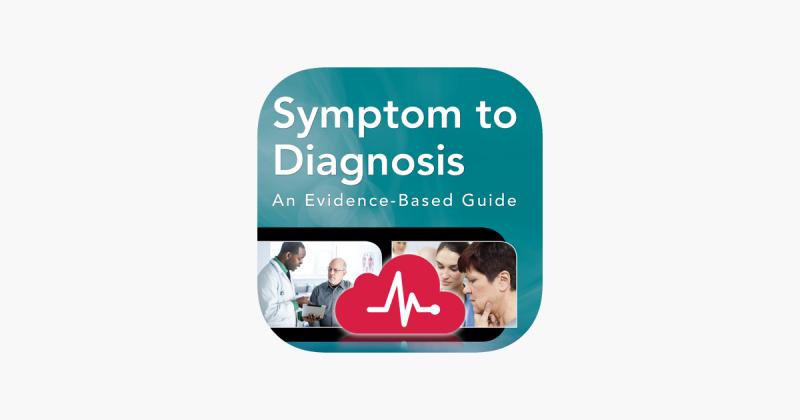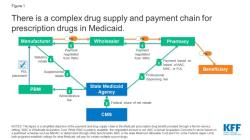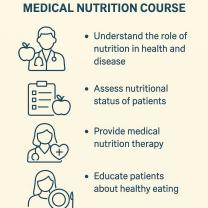What is the prognosis for patients with EB?
Epidermolysis Bullosa (EB) is a group of rare genetic disorders characterized by skin fragility, leading to the formation of blisters and erosions in response to minor trauma or friction. The prognosis for patients with EB varies widely depending on the specific type and severity of the condition.
There are several subtypes of EB, broadly categorized into three main groups: epidermolysis bullosa simplex (EBS), junctional epidermolysis bullosa (JEB), and dystrophic epidermolysis bullosa (DEB). Within these categories, there are further subtypes with varying degrees of severity.
General Considerations:
Mild Forms (EBS):
- Patients with milder forms of EB, such as some subtypes of epidermolysis bullosa simplex, may have a relatively normal life expectancy and can lead functional lives with appropriate management.
Moderate to Severe Forms (JEB and DEB):
- Moderate to severe forms, especially junctional and dystrophic subtypes, can be associated with more significant complications, including internal organ involvement, respiratory problems, and nutritional challenges.
Complications:
- Patients with more severe forms of EB may be at risk of developing complications such as infections, malnutrition, anemia, and in some cases, aggressive forms of skin cancer.
Management and Care:
Multidisciplinary Care:
- Patients with EB often require multidisciplinary care involving dermatologists, wound care specialists, nutritionists, genetic counselors, and other healthcare professionals.
Wound Care:
- Comprehensive wound care is crucial to prevent infection and promote healing. Dressings, protective clothing, and careful handling are essential components of management.
Nutritional Support:
- Patients with severe forms of EB may require nutritional support, as blistering and difficulty eating can lead to challenges in maintaining adequate nutrition.
Respiratory Support:
- Some severe forms of EB, particularly those with involvement of the mucous membranes, may require respiratory support.
Advances in Research and Treatment:
Research and Clinical Trials:
- Ongoing research, including clinical trials and studies exploring novel therapies, offers hope for improved treatments and potential breakthroughs in the management of EB.
Gene Therapy:
- Gene therapy and other emerging treatments are being investigated to address the underlying genetic mutations responsible for EB.
While there is currently no cure for EB, advances in medical understanding and ongoing research provide optimism for the development of more effective treatments and interventions in the future. The prognosis for individuals with EB is highly variable and depends on the specific subtype, severity, and complications associated with the condition. Early diagnosis, comprehensive care, and advances in medical research are critical factors that can positively impact the prognosis for individuals with EB.
Medical outlook: What is the prognosis for patients with EB?
The prognosis for patients with EB varies depending on the type and severity of the condition. Some people with EB have a mild form of the disease and can live a normal lifespan. Others with more severe forms of EB may have a shortened lifespan.
The most severe form of EB, epidermolysis bullosa simplex (EBS), is typically fatal in infancy. Other severe forms of EB, such as junctional epidermolysis bullosa (JEB) and dystrophic epidermolysis bullosa (DEB), can also lead to complications such as malnutrition, infection, and cancer.
However, advances in medical care have improved the prognosis for people with EB in recent years. For example, new treatments have been developed to help manage pain and prevent complications. Additionally, there is ongoing research into new treatments and therapies for EB, such as gene therapy and stem cell therapy.
Medical prognosis and challenges faced by individuals with Epidermolysis Bullosa (EB)
Individuals with EB face a number of challenges, including:
- Pain: EB can cause severe pain, especially when blisters break or wounds become infected.
- Infection: EB patients are at increased risk of infection due to their fragile skin.
- Malnutrition: EB can make it difficult for the body to absorb nutrients, which can lead to malnutrition.
- Cancer: EB patients are at increased risk of developing certain types of cancer, such as squamous cell carcinoma.
- Psychological challenges: Living with EB can be challenging emotionally and socially. EB patients may experience feelings of isolation, depression, and anxiety.
Tips for patients, caregivers, and healthcare professionals in managing and understanding EB prognosis
Here are some tips for patients, caregivers, and healthcare professionals in managing and understanding EB prognosis:
- Patients:
- Work with your doctor to develop a treatment plan that is right for you.
- Be aware of the signs and symptoms of complications, such as infection and malnutrition. Contact your doctor immediately if you experience any of these signs or symptoms.
- Make lifestyle changes, such as eating a healthy diet and exercising regularly, to help manage your condition and improve your quality of life.
- Have a support system in place. This may include family, friends, a support group, or a therapist.
- Caregivers:
- Learn as much as you can about EB.
- Be patient and understanding. Living with EB can be challenging, both physically and emotionally.
- Work with the patient's doctor to develop a care plan that is right for you and the patient.
- Be aware of the signs and symptoms of complications, such as infection and malnutrition. Contact the patient's doctor immediately if you experience any of these signs or symptoms.
- Healthcare professionals:
- Stay up-to-date on the latest research and treatments for EB.
- Work with patients and caregivers to develop a treatment plan that is right for the individual patient.
- Be sensitive to the emotional and social challenges that EB patients face.
- Provide support and resources to EB patients and caregivers.
By working together, patients, caregivers, and healthcare professionals can help to improve the prognosis and quality of life for people with EB.













